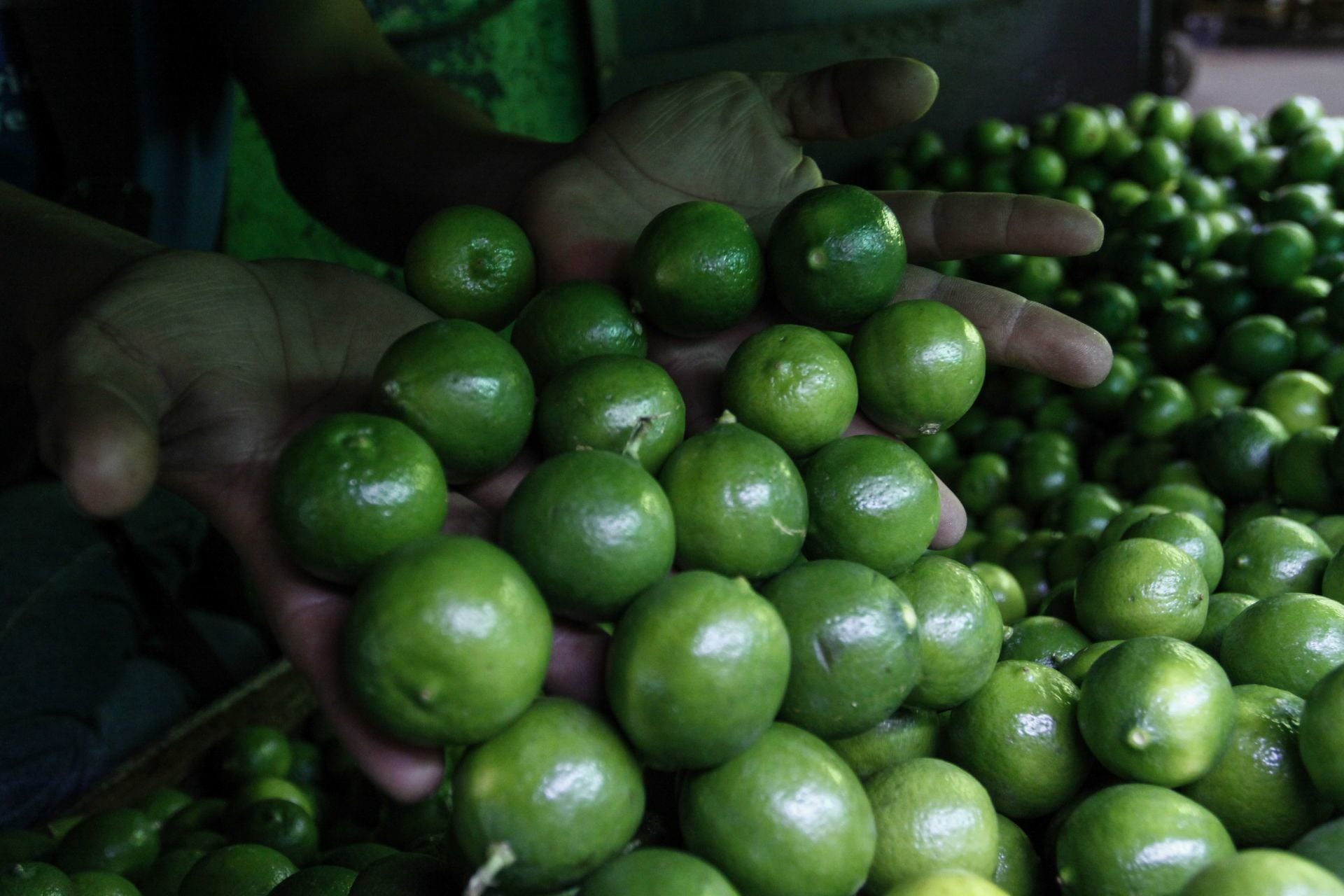
Remittances sent to Mexico during the first two months of the year increased significantly, as the country received $7.841 billion, representing an increase of 21.4%, compared to $6.458 billion in the same period last year, reported Friday the Bank of Mexico (Banxico).
According to the central bank, in the first two months of 2022, the average individual remittance was 373 dollars, higher than $347 in the same two months of 2021 and the number of transactions increased from 18.62 million to almost 21.03 million, most of them electronic transfers.
In February, the amount of remittances was $3.91 billion, 23.3% more than the $3.171 billion in the same month in 2021.

The figure was slightly lower than 3.931 billion dollars in January.
The substantial increase in remittances continues with the upward trend marked since March 2020, when at the beginning of the coronavirus pandemic the figure of 4 billion dollars received was exceeded for the first time.

Mexico added a total of $51.594 billion in remittances in 2021, a record figure that represented an increase of 27.06% compared to 2020, when it reached $40,605 million.
In the midst of the COVID-19 pandemic, the volume of remittances in 2020 represented an 11.4% increase compared to 36,438 million dollars in 2019.
President Andrés Manuel López Obrador has repeatedly thanked the 38 million Mexicans in the United States, whom he describes as “heroes”, estimating that their remittances benefit nearly 10 million poor families.
This money, which mainly comes from Mexican migrants living in the United States, represents Mexico's second largest source of foreign exchange, after automotive exports.

For this reason, the Government of Mexico is confident that remittances will help lift the country's economy, which registered a contraction of 8.2% in 2020.
In 1995, the first year for which the Bank of Mexico offers results, remittances totaled $3.672 billion (adjusted to the current exchange rate).
According to the National Institute of Statistics and Geography (Inegi), the Mexican economy grew 4.8% in 2021, a figure below the 6% expected by the government.
But on the other hand, the rise in the National Consumer Price Index (INPC) in the country continues to rise. According to the Inegi report released on March 9, inflation stood at 7.28% in February, affecting Mexican consumers mainly in an increase in the price of fuels such as liquefied gas, low-octane gasoline and products such as beef and lemon.

The products that exerted the greatest inflationary pressure due to the increase in their prices were LP gas, with 5.70%; beef 1.40% and chicken 3.61%, low-octane gasoline rose by 1.05%; and lemon 15.21%, the latter becoming one of the products that has caused the greatest discomfort among Mexicans due to its high price.
In contrast, some products had a price reduction in recent weeks were tomato, poblano pepper, green tomato, pumpkin and potato.
With information from EFE
KEEP READING:
Últimas Noticias
Debanhi Escobar: they secured the motel where she was found lifeless in a cistern
Members of the Specialized Prosecutor's Office in Nuevo León secured the Nueva Castilla Motel as part of the investigations into the case

The oldest person in the world died at the age of 119
Kane Tanaka lived in Japan. She was born six months earlier than George Orwell, the same year that the Wright brothers first flew, and Marie Curie became the first woman to win a Nobel Prize

Macabre find in CDMX: they left a body bagged and tied in a taxi
The body was left in the back seats of the car. It was covered with black bags and tied with industrial tape
The eagles of America will face Manchester City in a duel of legends. Here are the details
The top Mexican football champion will play a match with Pep Guardiola's squad in the Lone Star Cup

Why is it good to bring dogs out to know the world when they are puppies
A so-called protection against the spread of diseases threatens the integral development of dogs




